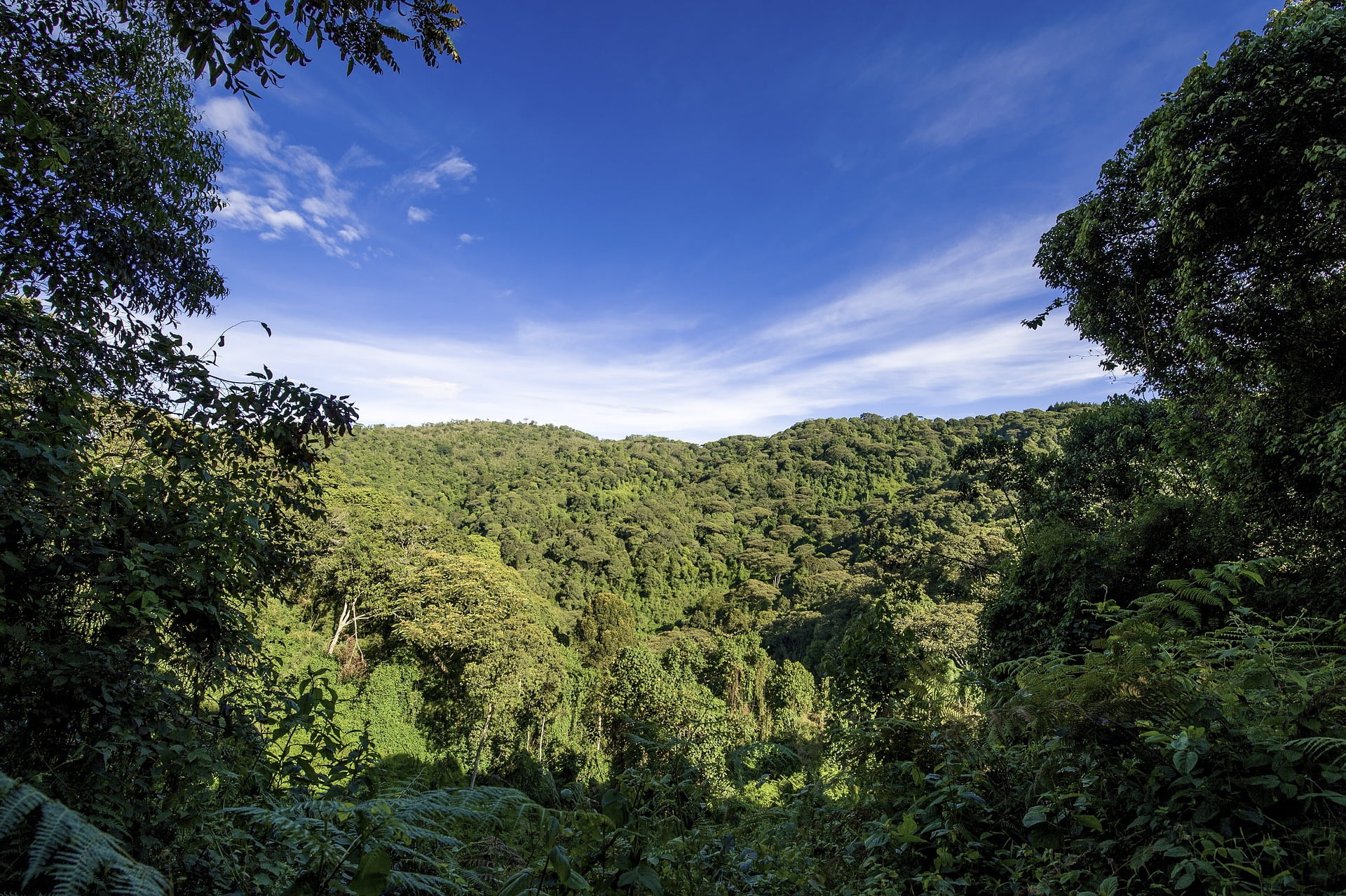Rainforests are some of the most diverse and amazing ecosystems on the planet.
Covering just 6% of the Earth’s surface, they are home to more than half of all species of plants and animals, making them a critical component of the planet’s biodiversity.
If you’re curious about these lush forests, here are some of the most interesting rainforest facts you should know.
- Rainforests are found in the tropical regions near the equator, including South America, Africa, Asia, and Australia.
- Rainforests receive an average of 80 inches of rainfall per year, hence the name “rainforest”. This abundant rainfall is what allows for such a diverse array of plants and animals to thrive.
- Rainforests are divided into four main layers: the emergent layer, the canopy, the understory, and the forest floor. Each layer provides unique habitats for different species of plants and animals.
- The largest rainforest in the world is the Amazon Rainforest, which spans over 6.7 million square kilometers and covers nine countries in South America.
- The Amazon Rainforest is also home to the largest river in the world, the Amazon River, which is over 4,000 miles long.
- Rainforests play a critical role in the Earth’s carbon cycle, absorbing large amounts of carbon dioxide and helping to regulate the planet’s climate.
- Rainforests are also a source of many important resources, including food, medicine, and building materials. In fact, over 25% of all modern medicines come from rainforest plants.
- Despite their importance, rainforests are being destroyed at an alarming rate. Every year, an area of rainforest equivalent to the size of New Jersey in the USA is lost, largely due to deforestation for agriculture and other human activities.
Rainforests are fascinating ecosystems that are critical to the health of our planet.
From the diverse range of plants and animals to their role in regulating the climate, rainforests are truly wonders of the world. By protecting these forests and their inhabitants, we can help ensure their survival for future generations to enjoy and study.
Why are Rainforests important for the planet?
Rainforests are incredibly important to the planet for several reasons:
- Biodiversity
Rainforests are home to a staggering number of plant and animal species, many of which are found nowhere else on Earth. By protecting these forests, we are also preserving the planet’s biodiversity. - Climate regulation
Rainforests play a critical role in regulating the Earth’s climate by absorbing large amounts of carbon dioxide and releasing oxygen. They also help to regulate local and regional weather patterns, providing crucial water supplies for nearby communities. - Natural resource production
Rainforests are a source of many important resources, including food, medicine, and building materials. Many of the medicines we use today were first discovered in rainforest plants, and the forests continue to provide a wealth of resources for people around the world. - Economic value
Rainforests also have significant economic value, both as a source of resources and as a destination for tourism. Many communities rely on rainforests for their livelihoods and well-being. - Cultural value
Rainforests have immense cultural value, as they are home to many indigenous communities with rich traditions and knowledge. By preserving these forests, we are also preserving the cultural heritage of these communities.
All of the reasons above show why Rainforests are critical to the health of our planet and why their preservation is essential for the well-being of both humans and the natural world.

